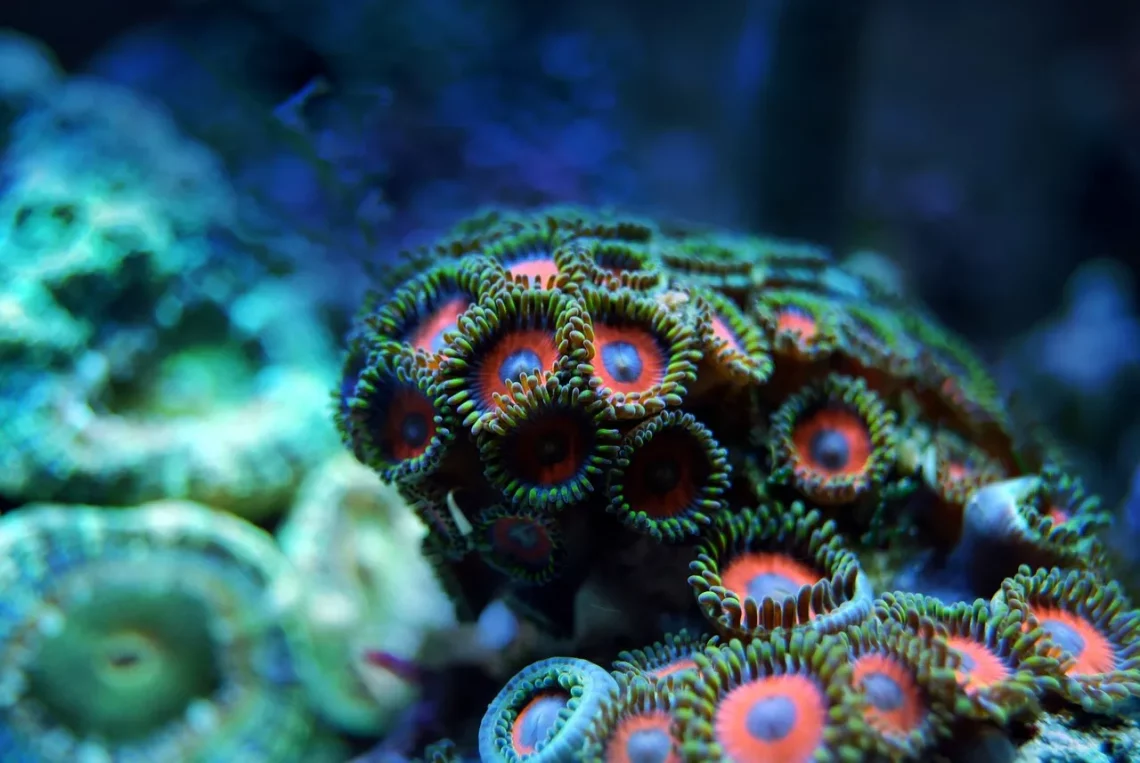
The Essential Guide to Choosing a Fish Aquarium Chiller
Maintaining a vibrant and healthy aquarium ecosystem is essential for both novice and experienced aquarists. One of the most critical aspects of this maintenance is temperature regulation, particularly in warmer climates or during the summer months. Aquatic life, including fish and plants, thrives within specific temperature ranges, and fluctuations can lead to stress, disease, and even mortality. As aquarists, it’s our responsibility to create and maintain the ideal living conditions for our aquatic pets.
While many hobbyists are aware of the importance of heaters for cold-water fish, the need for a fish aquarium chiller often goes overlooked. A chiller helps regulate water temperature and ensures a stable environment that is conducive to the well-being of your aquatic inhabitants. Choosing the right chiller is not just about selecting a device; it’s about understanding your aquarium’s unique needs and the various options available on the market. This guide aims to provide valuable insights to help you make an informed decision, ensuring your aquarium remains a thriving aquatic habitat.
Understanding Aquarium Temperature Needs
The temperature requirements for aquarium fish can vary significantly based on species. Tropical fish typically thrive in warmer waters, generally between 75°F and 80°F (24°C to 27°C). However, certain species, such as goldfish or some types of freshwater bass, prefer cooler environments, often ranging from 65°F to 75°F (18°C to 24°C). It is crucial to research the specific needs of the fish you plan to keep.
Water temperature not only affects fish behavior but also impacts their metabolism, growth, and reproduction. Elevated temperatures can lead to decreased oxygen levels and increased stress, making fish more susceptible to diseases. Additionally, many aquatic plants also have specific temperature preferences that, if not met, can cause them to wither or die.
In warmer climates, or during hot summer months, it’s not uncommon for aquarium temperatures to rise above the optimal level. When this happens, fish may exhibit signs of stress, such as erratic swimming patterns or hiding. If left unchecked, high temperatures can lead to fatal outcomes. Installing a chiller can provide the necessary control to maintain a stable temperature, ensuring your fish and plants remain healthy and vibrant.
Moreover, fluctuations in temperature can disrupt the natural biological processes within your aquarium, leading to imbalances in the nitrogen cycle and algal blooms. Therefore, understanding the temperature requirements of your aquatic life is the first step in deciding whether a chiller is necessary for your setup.
Types of Aquarium Chillers
Aquarium chillers come in several types, each designed to meet specific needs and preferences. The two most common types are water-cooled and air-cooled chillers.
Water-cooled chillers are often preferred for larger aquariums or those with higher heat loads. These units use a water circulation system to transfer heat away from the aquarium and into a separate cooling medium. They are typically more efficient, especially in larger setups, but require a more complex installation process. They often come with additional plumbing needs, which may be daunting for beginners.
On the other hand, air-cooled chillers are simpler to install and operate using ambient air to dissipate heat. These devices are ideal for smaller aquariums or where space is limited. However, they may not be as efficient as water-cooled models when it comes to larger volumes of water or in very high-temperature environments.
Another option is the inline chiller, which connects directly to your filtration system. This type is highly efficient and provides excellent temperature control, making it suitable for both freshwater and saltwater aquariums. However, they can be pricier compared to other models.
When choosing a chiller, consider your aquarium’s size, the type of fish and plants you house, and your budget. It’s also important to evaluate the noise level of the unit, as some chillers can be quite loud. Researching customer reviews can provide insight into the performance and reliability of various models.
Factors to Consider When Choosing a Chiller
Selecting the right aquarium chiller involves several factors that go beyond just the type of chiller. One of the first considerations is the size of your aquarium. Chillers come with a specified cooling capacity, typically measured in BTUs (British Thermal Units). A unit that is too small for your aquarium will struggle to maintain the desired temperature, while an overly large chiller may cycle on and off frequently, leading to additional wear and tear.
Next, consider the heat load generated by your aquarium. This includes the heat produced by lighting, pumps, and other equipment. If your aquarium features powerful lighting systems or multiple filtration units, you may need a more robust chiller to counteract the heat produced.
Another important aspect is the energy efficiency of the chiller. Energy-efficient models may have a higher upfront cost but can save you money in the long run through reduced electricity bills. Look for models with good energy ratings and reviews that highlight their operational costs.
It’s also essential to think about the installation requirements. Some chillers are plug-and-play, while others may require professional installation. Ensure you have the necessary plumbing and electrical connections in place before purchasing a unit.
Lastly, consider the warranty and support provided by the manufacturer. A chiller is a significant investment, and having a reliable warranty can provide peace of mind. Research the manufacturer’s reputation for customer service and support, as this can make a difference if you encounter issues down the line.
Maintenance and Care for Your Aquarium Chiller
Once you’ve chosen and installed your aquarium chiller, regular maintenance is key to ensuring its longevity and efficiency. Start by keeping the chiller clean and free from dust and debris. Use a soft cloth to wipe down the exterior and ensure that air vents are unobstructed.
For water-cooled chillers, it’s essential to check the water levels and ensure there are no leaks in the plumbing. Regularly inspect the hoses and connections to ensure they are secure and functioning correctly. If you notice any signs of wear or damage, address these issues promptly to prevent further complications.
In addition to physical cleaning, monitoring the performance of your chiller is crucial. Keep an eye on the temperature readings and ensure they remain stable. If you notice fluctuations or if the chiller is running longer than usual, it might be time to have it serviced or checked for any underlying issues.
Furthermore, consider the seasonal changes that may affect your chiller’s performance. During hotter months, your chiller may need to work harder to maintain optimal temperatures. Ensure that it is well-ventilated and that the ambient temperature around the chiller is not excessively high.
Lastly, always refer to the manufacturer’s guidelines for specific maintenance recommendations. Each model may have unique care instructions that can help prolong its lifespan and efficiency.
In conclusion, selecting the right aquarium chiller requires careful consideration of several factors, including your aquarium size, the type of fish you keep, and the specific needs of your aquatic environment. By understanding the importance of temperature regulation and the options available, you can create a thriving habitat for your aquatic life.
This article is for informational purposes only and should not be considered medical advice. Always consult a healthcare professional for medical concerns or conditions.




